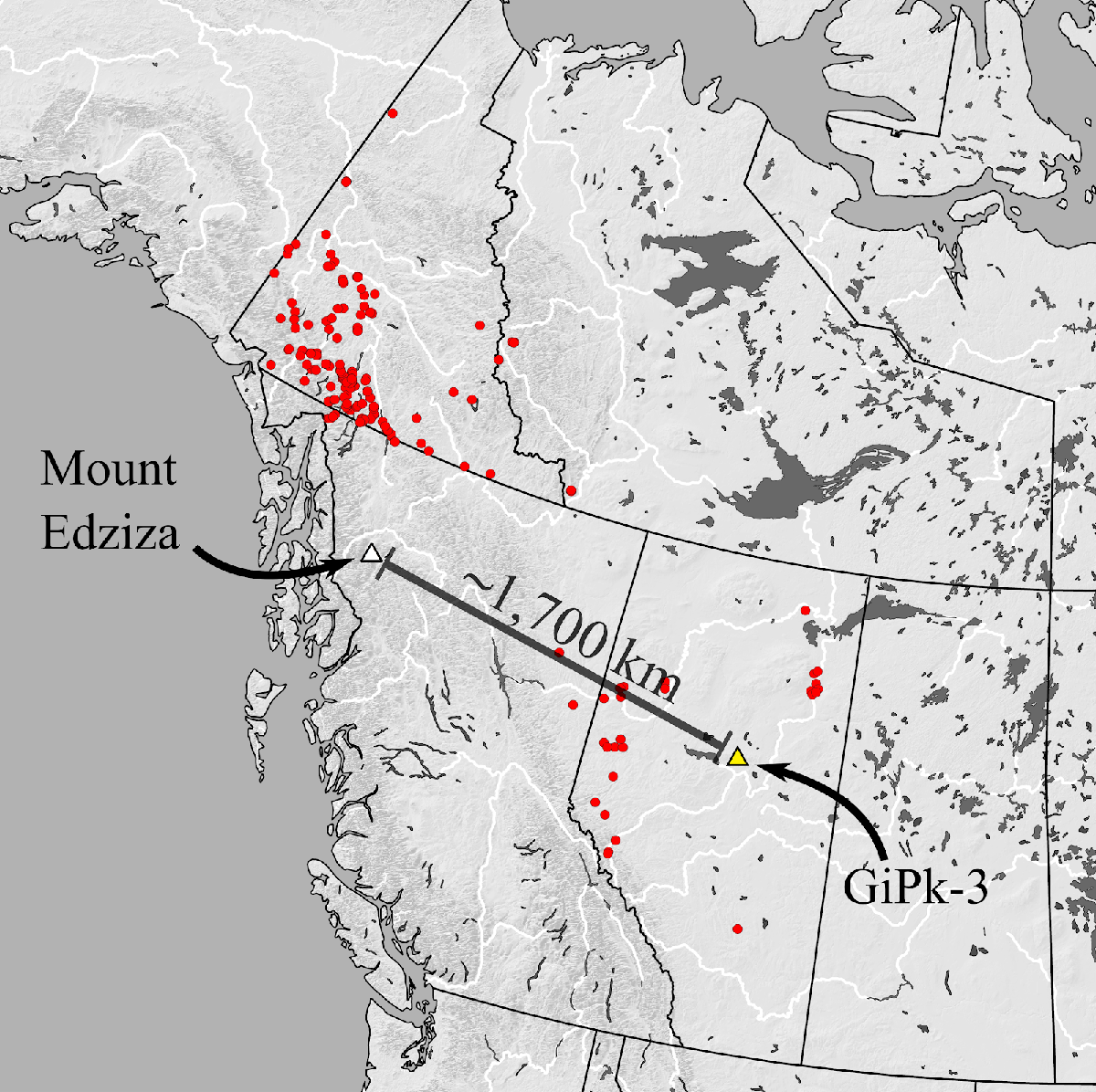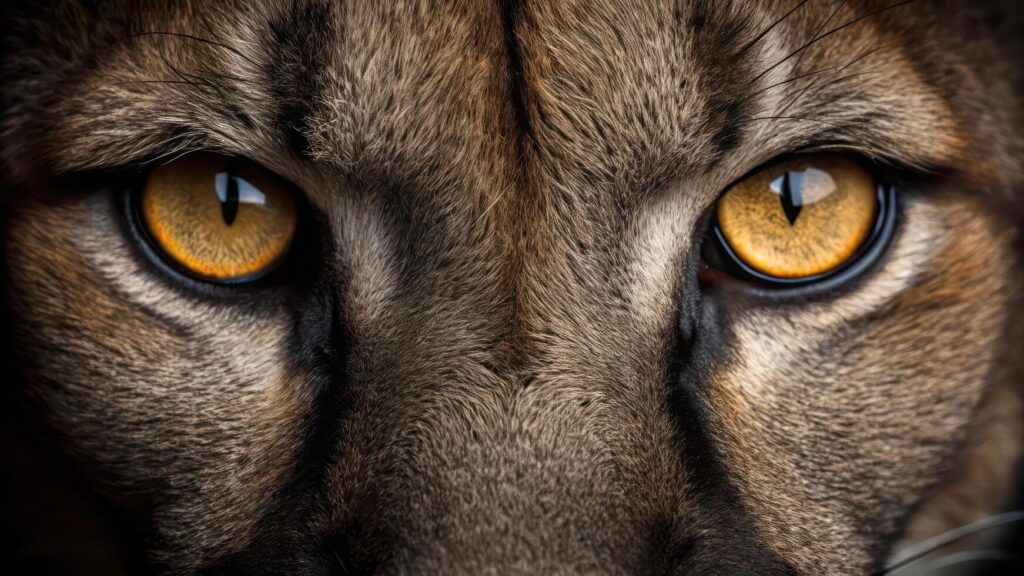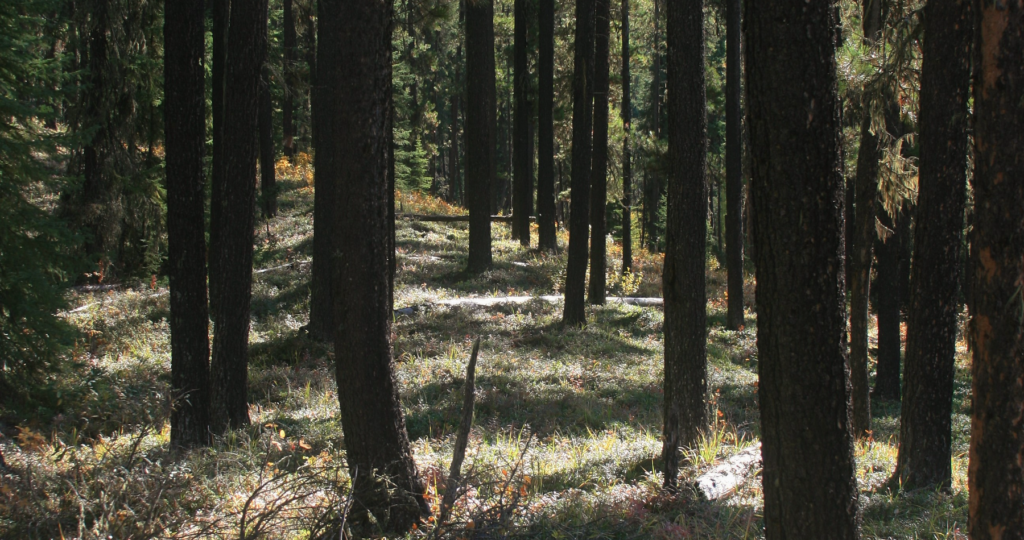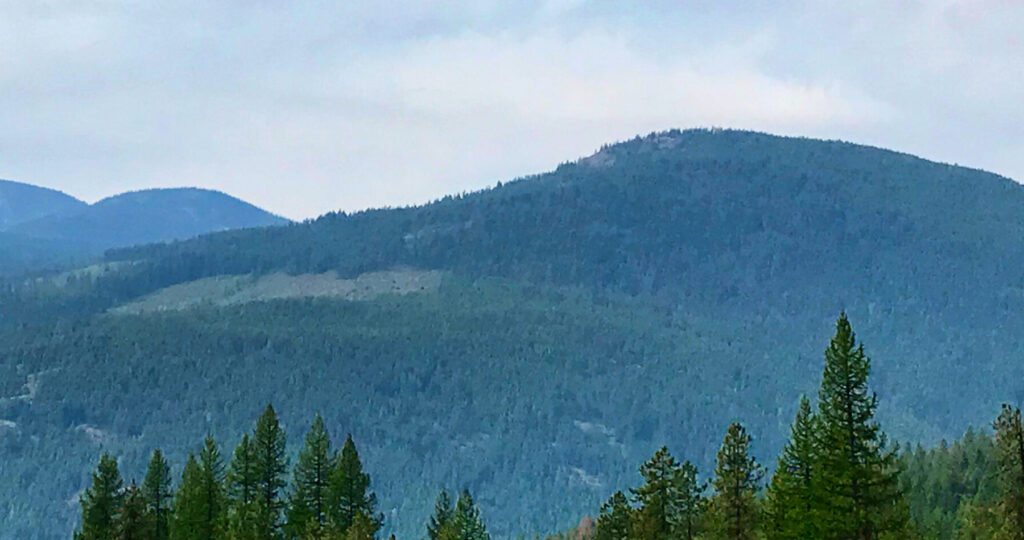Post Category : Field Life Local Archaeology Special Finds
No volcanoes in Alberta, so where does the Obsidian come from?
When working close to an obsidian source (i.e. volcanoes), archaeologist will regularely find obsidian tools and debitage. However, in the boreal forests of northern Alberta, obsidian is a rare find indeed. So to find any evidence of it at all is pretty significant. Volcanic glass, or obsidian, is one of the sharpest naturally occurring materials on earth. It is sometimes used by surgeons who require a cutting edge that is much thinner and sharper than a stainless steel scalpel. Not only is obsidian extremely sharp, but it is also relatively easy to flint knap and is used by many beginners trying to learn this ancient skill. These features made obsidian a highly valued knapping material.
Pre-contact peoples fashioned various tool types from it, such as knives, projectile points, or composite tools. One method of knapping obsidian was blade core technology. This method involves preparing an obsidian core so that a series of small blades can be removed. This method minimizes the amount of material that is wasted and allowed people to quickly reproduce blades that were a similar size and shape. These blades were then hafted to a bone or stick to create a cutting utensil. To create larger tools, obsidian would have been knapped using normal methods as well.
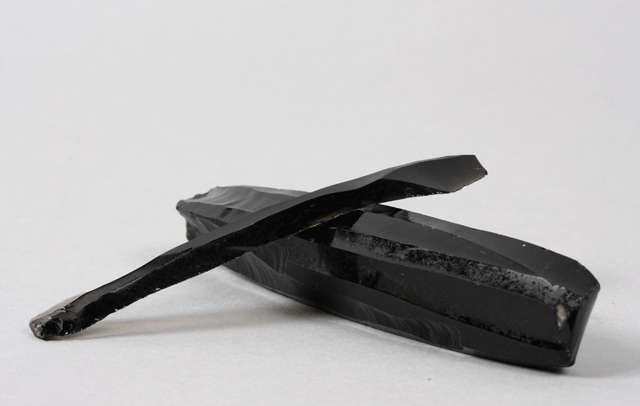
Last summer, Tim and I were surveying some forestry cutblocks at the base of the southern slopes of the Marten Hills, east Slave Lake. During the screening process, I had targeted a series of small knolls that overlooked a muskeg. These knolls were close to the headwaters of the Fawcett River, where a natural pass would have allowed people to easily traverse through the hills. Tim and I walked to the top of the highest knoll and started digging test pits.
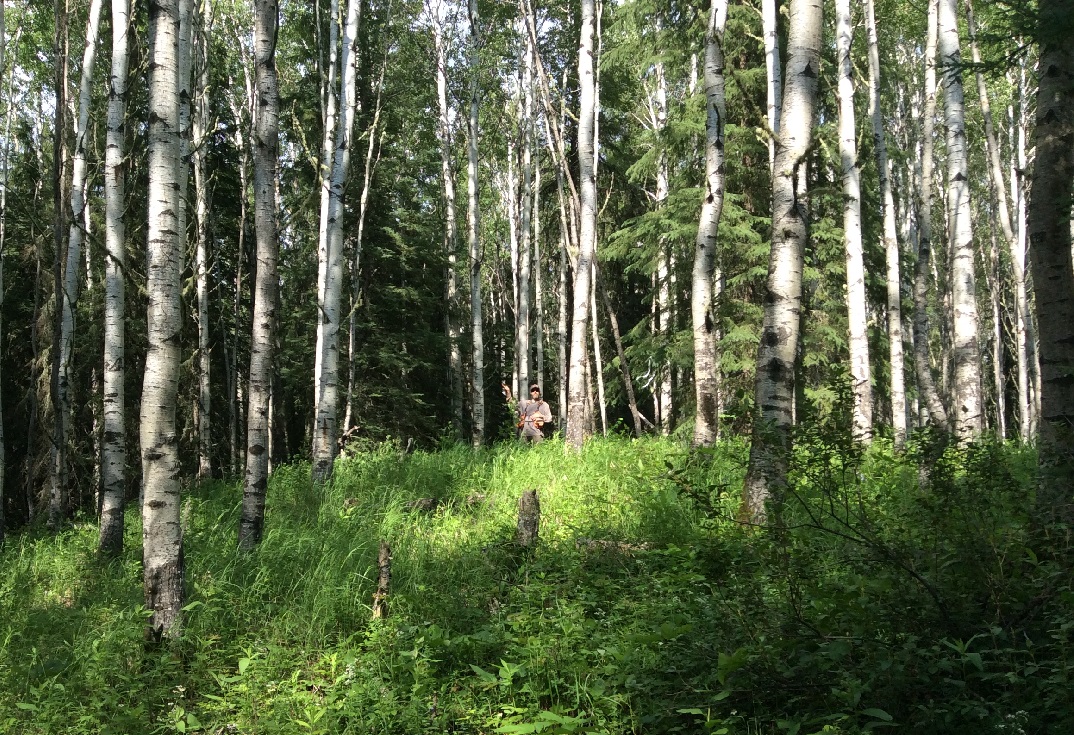
We were completely shocked when my first test contained an obsidian blade. At this point we were extremely excited, and were sure that we had just found a crazy site. However, even though we dug 40+ test pits, we never found another artifact. The site turned out to be an isolated find. Nuts!
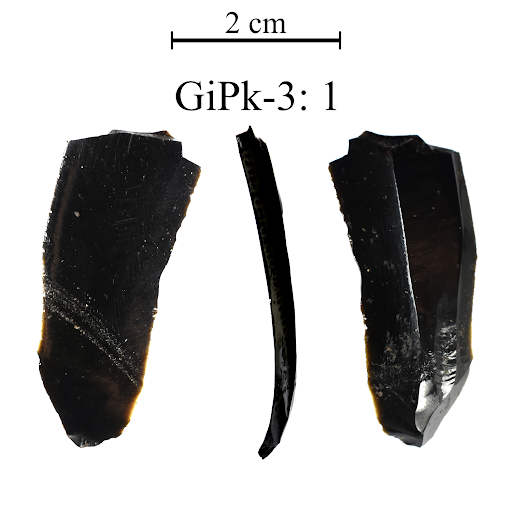
So if there are no volcanoes in Alberta, where did this obsidian blade come from? Luckily, advances in technology allowed us to quickly solve this question. During his Master’s degree, Tim obtained a license to operate a pXFR analyzer (portable X-Ray Fluorescence), so Tree Time Services Inc. rented one of these devices. Other obsidian artifacts recovered by Tree Time services were all found to come from south of the U.S. border. However, the results of Tim’s analysis suggests that the blade was made of obsidian from Mt. Edziza, British Columbia.
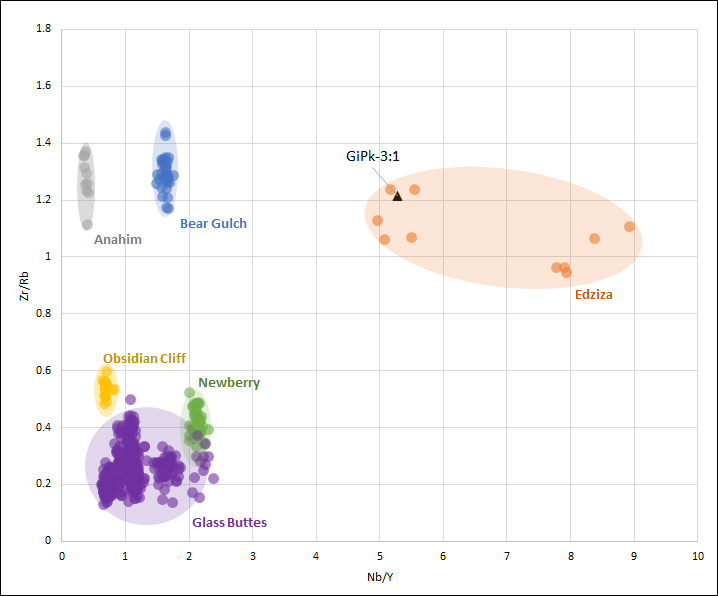
That means that this piece of stone had been transported/traded by Pre-contact peoples over a distance of 1700 km! At 10 km travelling distance in a day (on foot), that is 170 days, or almost 6 months. Mt. Edziza obsidian has never been found in the Lesser Slave Lake region, however is is somewhat common in the Peace Region in northwest Alberta. GiPk-3 represents one of the furthest known Mt Edziza obsidian finds from its source. Although Tim and I were disappointed that we didn’t find more artifacts, this single find provided evidence for trade networks that spanned vast distances long before European contact.
